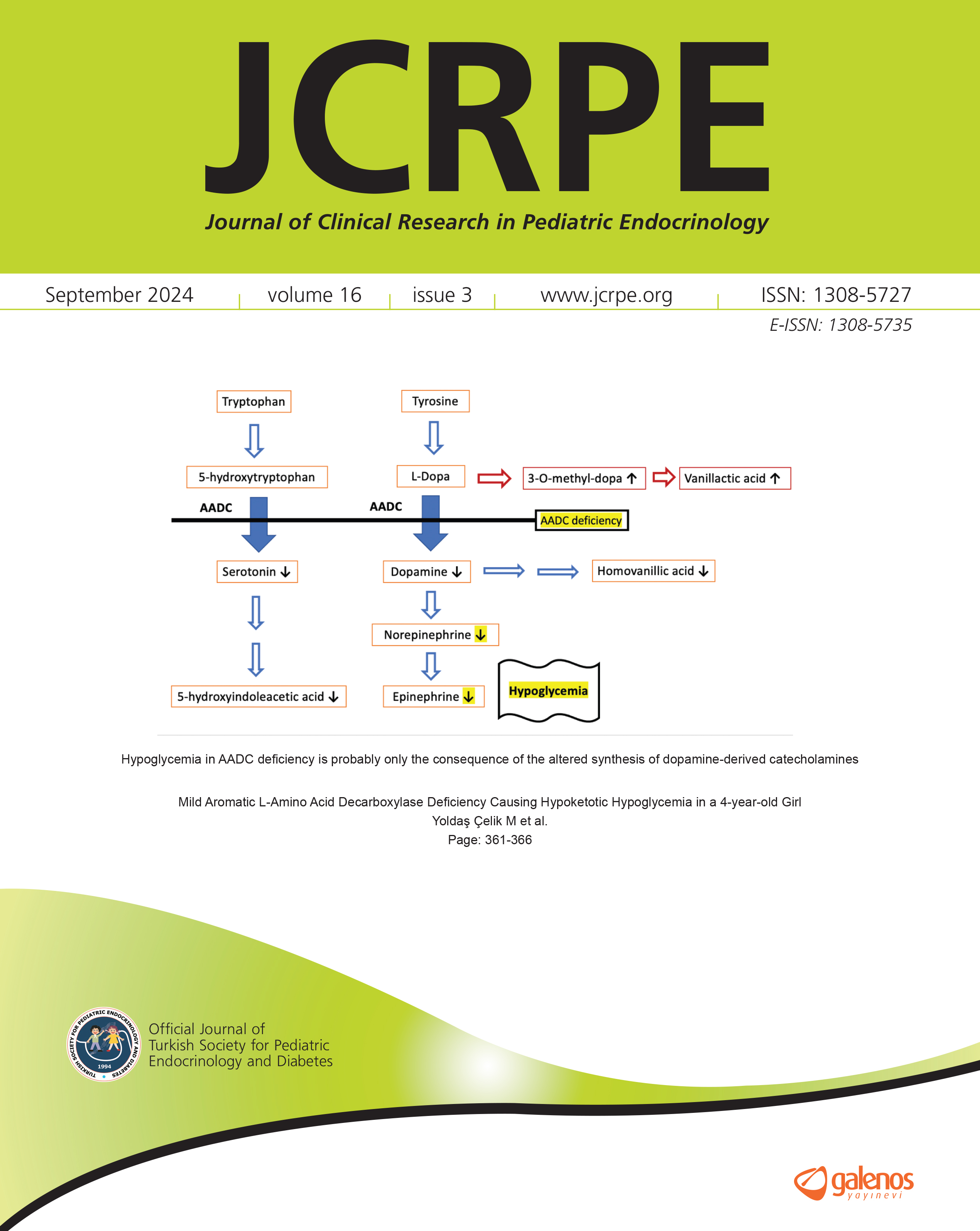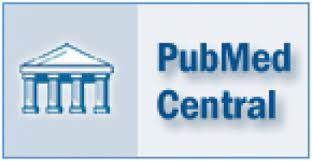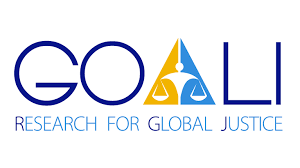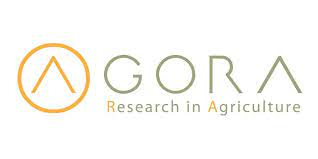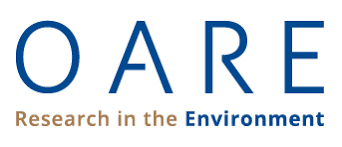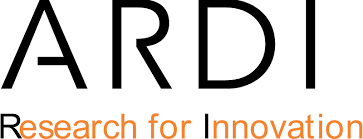Identification of a Novel CYP11B2 Variant in a Family with Varying Degrees of Aldosterone Synthase Deficiency
Mark R. Garrelfs1, Tuula Rinne2, Jacquelien J. Hillebrand3, Peter Lauffer1, Merijn W. Bijlsma4, Hedi L. Claahsen-van der Grinten5, Nicole de Leeuw2, Martijn J.J. Finken1, Joost Rotteveel1, Nitash Zwaveling-Soonawala1, Max Nieuwdorp6, A.S. Paul van Trotsenburg1, Christiaan F. Mooij11University of Amsterdam and Vrije Universiteit, Amsterdam University Medical Centers, Emma Childrens Hospital, Department of Pediatric Endocrinology, Amsterdam, The Netherlands2Radboud University Medical Center, Department of Human Genetics, Nijmegen, The Netherlands
3University of Amsterdam and Vrije Universiteit, Amsterdam University Medical Centers, Department of Clinical Chemistry, Endocrine Laboratory, Amsterdam, The Netherlands
4University of Amsterdam and Vrije Universiteit, Amsterdam University Medical Centers, Emma Childrens Hospital, Department of Pediatrics, Amsterdam, The Netherlands
5Radboud University Medical Center, Amalia Childrens Hospital, Department of Pediatric Endocrinology, Nijmegen, The Netherlands
6University of Amsterdam and Vrije Universiteit, Amsterdam University Medical Centers, Department of Endocrinology, Amsterdam, The Netherlands
Isolated aldosterone synthase deficiency is a rare autosomal recessive disorder caused by pathogenic variants in CYP11B2, resulting in impaired aldosterone synthesis. We report on a neonate with isolated aldosterone synthase deficiency caused by a novel homozygous CYP11B2 variant Chr8: NM_000498.3: c.400G>A p.(Gly134Arg). The patient presented shortly after birth with severe signs of aldosterone deficiency. Interestingly, segregation analysis revealed that the patients asymptomatic father was also homozygous for the CYP11B2 variant. Biochemical evaluation of the father indicated subclinical enzyme impairment, characterized by elevated aldosterone precursors. Apparently, this homozygous variant led to different clinical phenotypes in two affected relatives. In this manuscript we elaborate on the biochemical and genetic work-up performed and describe potential pitfalls in CYP11B2 sequencing due to its homology to CYP11B1.
Keywords: Aldosterone synthase, mineralocorticoid, CYB11B2, hypoaldosteronismManuscript Language: English

